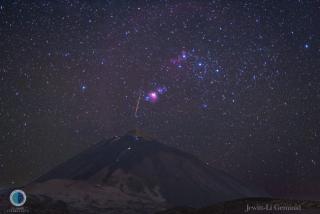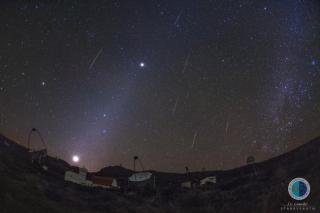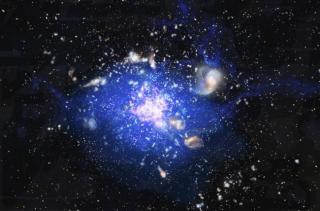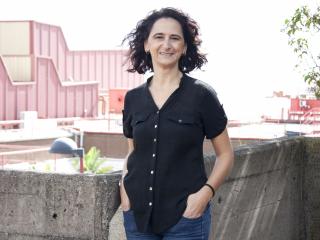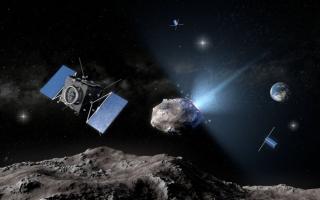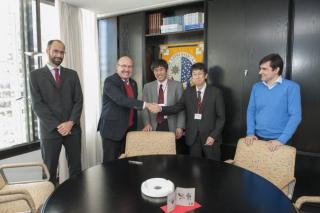
The Instituto de Astrofísica de Canarias (IAC) and the RIKEN Centre for Advanced Photonics signed, on Monday, at the IAC Headquarters in La Laguna, Tenerife, an agreement for scientific collaboration in the installation, at the Teide Observatory, (Izaña, Tenerife) of the GroundBIRD experiment, a new radiotelescope for cosmological studies. This experiment is designed to measure from the ground the polarization of the Cosmic Microwave Background Radiation (CMB) in order to look for observational evidence, by detecting the B-modes, of cosmic Inflationan epoch of accelerated expansion in the
Advertised on
